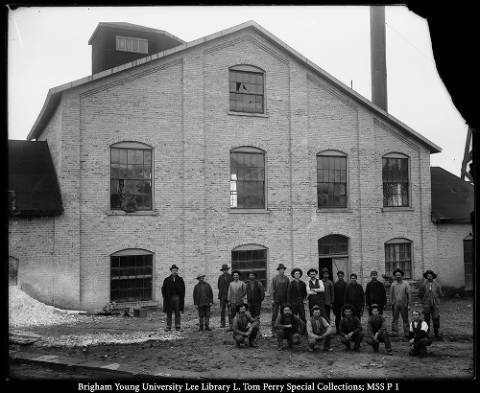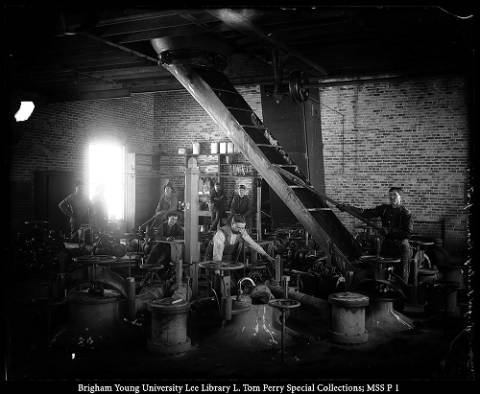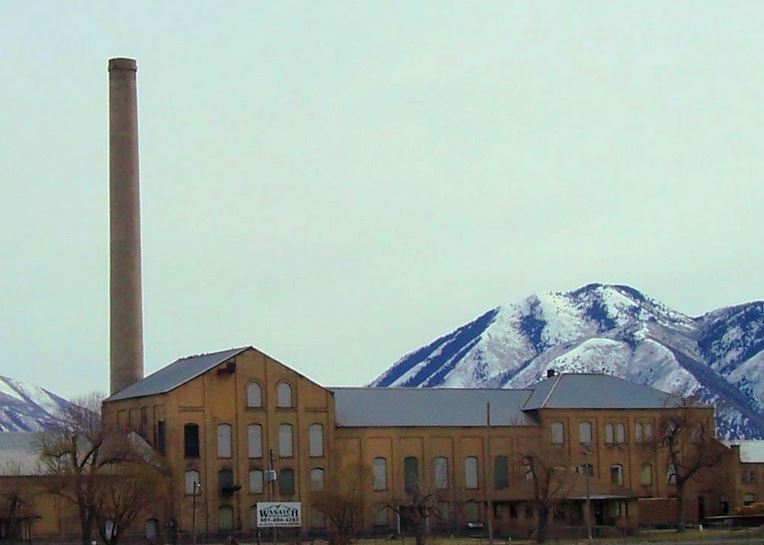Spanish Fork Sugar Beet Factory

The tall smokestack of the (mostly) abandoned sugar beet factory is impossible to miss on the interstate between Spanish Fork and Payson. In it’s heyday, the factory operated as a critical lynchpin in a thriving sugar beet economy that stretched across the valley. Now serving as a little more than a warehouse for a pallet business and a popular shooting location for local photographers, the factory remains one of Spanish Fork’s most recognizable landmarks.
While it may seem odd to anybody familiar with Utah Valley, the corridor of towns from Spanish Fork to Lehi operated as one of the most productive sugar beet processing operations in the country. In it’s early days, it was widely sponsored by the Church of Jesus Christ of Latter-day Saints to help the Church generate an alternative source of income through which they could fund other projects. To this end, they put up a significant amount of money towards the construction of a factory in Lehi, Utah that acted as the “hub” of the regional sugar industry.
For a time, sugar beets provided a substantial source of income for the valley. The success of the Lehi plant led to the construction of several other plants in Utah and a couple in Idaho; eventually, these factories would come together to form the Utah-Idaho Sugar Company, the business entity that controlled most of the sugar beet industry in the intermountain west. Business was good until the end of World War I, when a catastrophic combination of plummeting crop prices and widespread agricultural blight dealt sever damage to the industry. As a result, factories were dismantled or moved to new locations; the Nampa, Idaho infrastructure was effectively moved to the current Spanish Fork Location.
The Spanish Fork factory functioned for almost 50 years (from 1916-1952) until broader changes in the sugar industry—especially the rise of cheap and more widely produced cane sugar—brought the relevance of Utah’s sugar beet project to a halt. Today, Wasatch Pallet owns the factory, which uses it as a warehouse, repair facility, and construction area for their business. The company still allows guests to tour certain areas of the factory, though sections of the facility have been condemned and aren’t safe for observation. It’s become a popular spot for local photographers and history buffs who want to see up close a relic of Utah’s early economic history.
Images


